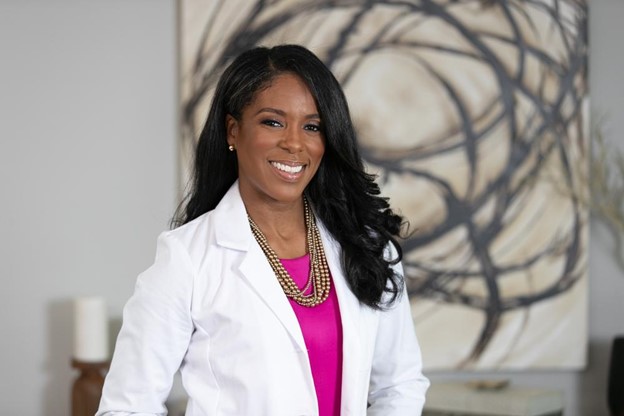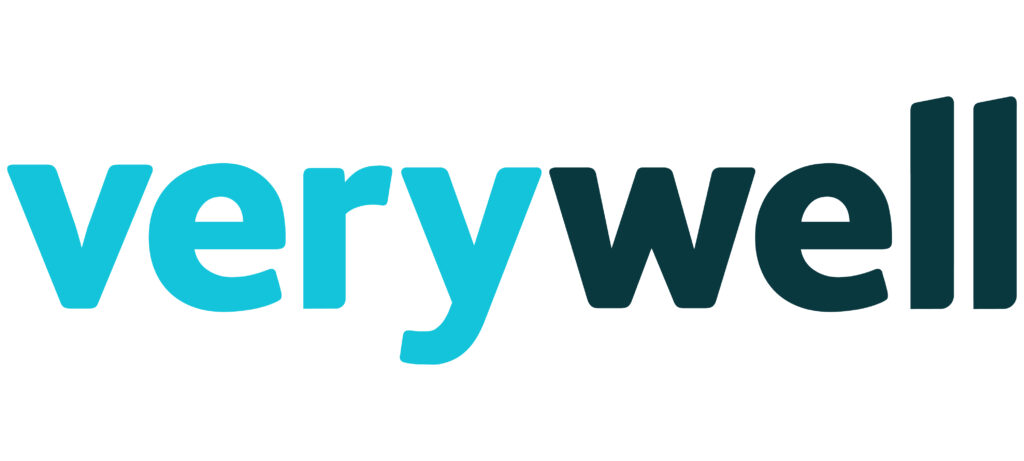Representation: The Key to Addressing Health Inequities Online
Sponsored Content

It’s clearer than ever — health inequities exist, and they need to be addressed. So how can we, as marketers and content creators, help bridge the gap? Which methods and strategies are most impactful?
In this Q&A, Verywell’s Chief Medical Officer, Jessica Shepherd, MD, shares her thoughts on creating positive change and evolving our thinking around how health content is created and disseminated to be inclusive for all audiences.
Verywell: What has happened over the past 18 months to bring health inequities to center stage?
Jessica Shepherd, MD: The COVID-19 pandemic shined a strong light on American health disparities — we saw firsthand differences in access to testing, care, treatment, and more across communities and populations.
At the same time, we saw the mighty power of information in narrowing the existing gap. We needed technology and reassuring messaging to empower people and drive them to take action, whether it was getting tested, staying home, wearing masks, getting vaccinated, or seeking help.
These events were eye-opening in these regards. They highlighted existing health inequities and the power — and responsibility — that we, as health information disseminators, have to address them.
At Verywell, we did our part by providing information that was credible, easy-to-understand, empathetic, and relevant — pillars that KR&I, in research sponsored by Verywell, found matter to people in their moments of need.
Verywell: As both a physician and CMO, you have unique insight into this topic. Where do you think publishers and advertisers have the most opportunity to create positive change?
Jessica Shepherd, MD: As a physician, I have countless opportunities to give my patients information that is understandable and relatable, and as CMO I see that opportunity extended to the online publishing space. Over the years I’ve seen changes to where people are getting information and how they’re interpreting it, and unfortunately what they’re finding is not always as relevant as it can be, which makes it less impactful. That is the gap we need to fill.
When we think about “equity,” we know it refers to fairness and justice. Addressing “equity” means recognizing that we do not all start from the same place and adjusting our content accordingly. The process is ongoing, requiring us to identify and address intentional and unintentional barriers arising from bias or system structures, including health-specific barriers like cost of care, lack of culturally competent care, socioeconomic status, race, location, and more. This is how we can create resources that are relevant to everyone.
Verywell’s Anti-Racism pledge, shared publicly, outlines the goal best — we offer a detailed promise to all who visit Verywell, so they may see themselves in the voices and content that are shared. We took this commitment as a first step to driving positive change, to ensure that anyone and everyone feels represented.
Verywell: What steps can publishers and advertisers take to ensure they are properly representing all communities? In other words, what does “getting it right” look like?
Jessica Shepherd, MD: To accurately address the problem, you first need to understand the problem, so it’s important to ask questions and lay the foundation for why this work needs to be done. At Verywell, our first step is always research. We evaluate the existing literature, asking questions like “what is the prevalence” and “who is affected, and why?” We also partner with our Anti-Bias Review Board — a group of physicians, DEI experts, psychologists, and more. They help us gain a deeper understanding of what we don’t know and how we can best address it.
This base-level understanding often naturally leads to solutions that support the real people who are experiencing a health-related issue and seeking answers in their moment of need. For example, if lack of education and awareness are in play, we make sure new and existing content fills that gap. If resources are an issue, we help connect people with leading organizations who are there to help. And if representation is lacking in clinical materials, we’ll make sure to offer specific imagery, voices, and more.
The most important aspect of “getting it right” — the outcome you want to achieve — is making sure that every reader who visits your resources easily finds the credible, relevant, and empathetic information they’re looking for. KR&I, in the same study sponsored by Verywell, found that users are more likely to feel better and take a positive health action when they encounter content that embodies these four factors.
Verywell: What are some of the challenges in making sure everyone is represented in online health content?
Jessica Shepherd, MD: Most challenges relate to one simple truth — we don’t always know what we don’t know. Representing “everyone” is a complex task, which is why research, partnership, and highlighting diverse voices is so important to “getting it right.” The health inequities affecting different communities require attention and detail and collectively we are stronger, can learn from one another, and can all help each other live healthier lives.
Related to that, we’re working towards changing how content has been written for a long time. As with any change, it’s important to maintain a caliber of curiosity and openness to learning what matters to different groups of people. The more we can put a human lens on our users’ needs, the better we can meet them where they are and humanize their health experience.
Verywell has one specific purpose—to help others feel better and more empowered about their health. To learn more about Verywell’s approach to addressing health inequities online, or for more information on partnership opportunities, contact us at sales@verywell.com.


